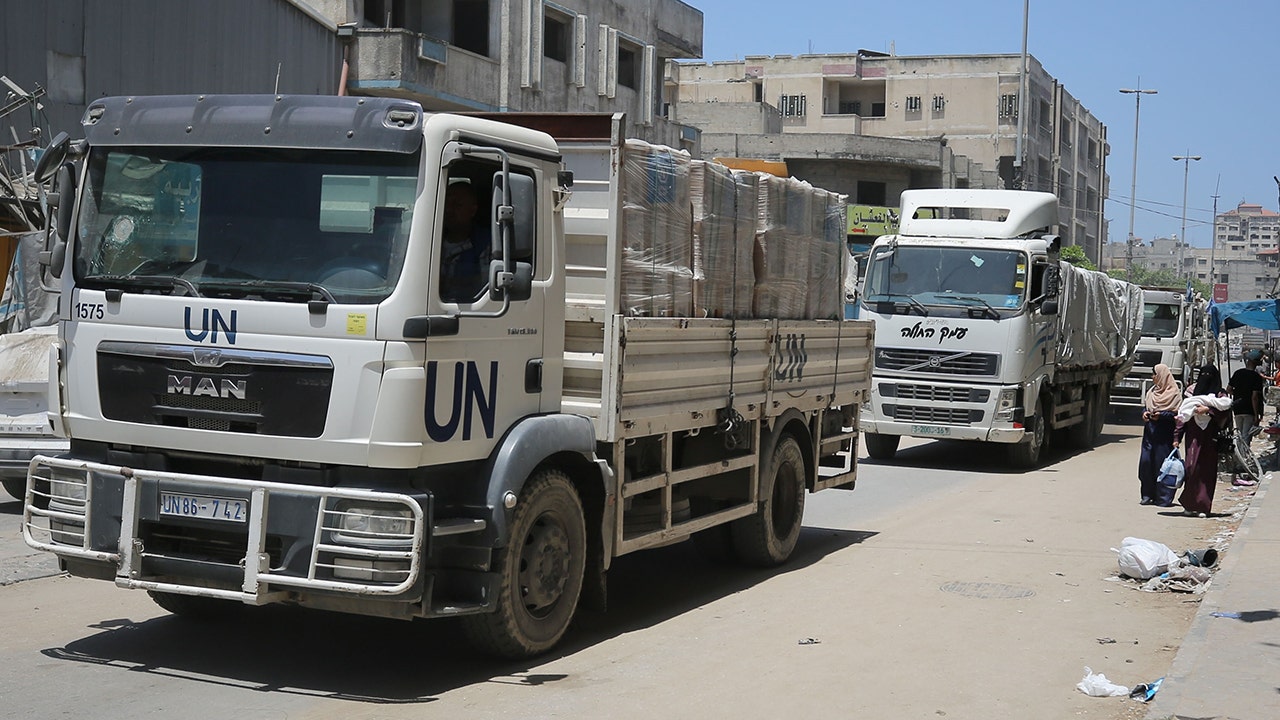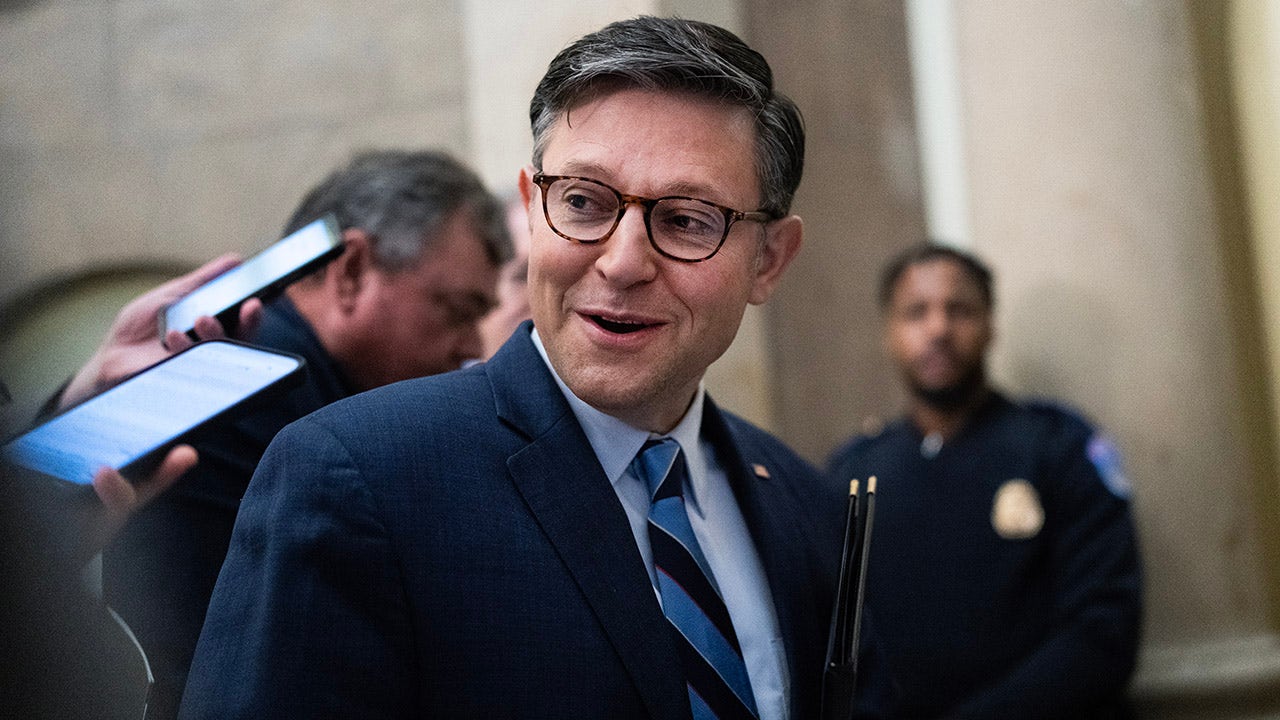WASHINGTON — The billions of dollars in new weapons for Ukraine announced this month — including British tanks, American combat vehicles and howitzers from Denmark and Sweden — are a testament to President Vladimir V Putin’s failure to support NATO allies after nearly a year of war columns. But small but significant fractures become too large to hide.
The differences concern strategy for the coming year and the more immediate question of what Ukraine needs in the coming months as both warring factions prepare for major offensives in the spring. And while most of those debates take place behind closed doors, this week Britain’s impatience at the current pace of aid and Germany’s refusal to deliver Leopard 2 tanks to Ukraine burst into the open.
When Britain’s new foreign secretary, James Cleverly, visited Washington this week, he gathered reporters for lunch and argued that if the Allies acted quickly to exploit Russia’s weaknesses, it was possible for Ukraine to achieve a “victory” in the war this year. Officials in Poland, the Baltic States and Finland broadly agree with the British assessment.
American officials pushed back, saying it was crucial to speed up aid and not flood Ukraine with equipment its troops cannot yet use. And they argue that in a world of limited resources, it would be wise to keep something in reserve for what the Pentagon believes will likely be a protracted conflict in which Russia will attempt to wear Ukraine down with unrelenting barrages and tactics reminiscent of World War I I and II
On Friday, at the conclusion of a meeting in Germany of dozens of nations providing the war effort, Joint Chiefs of Staff Chairman Gen. Mark A. Milley repeated the assessment he has offered since the fall.
“This year it would be very, very difficult to militarily oust the Russian forces,” he said. The best one can hope for is to push Russia into diplomatic negotiations – as most wars end – although senior American diplomats say they have low expectations that Mr Putin will engage in serious talks.
Then came the more immediate blast with the German government of Chancellor Olaf Scholz over his refusal to send what many military experts believe to be a crucial weapon in Ukrainian hands: the German-built Leopard 2 tanks.
Secretary of Defense Lloyd J. Austin III spent several days trying to convince the Germans to ship them, or at least allow Poland and other nations using the tanks to re-export them. But when the meeting ended with numerous allies, German Defense Minister Boris Pistorius reported that no agreement had been reached, although he said they would make a decision “as soon as possible”. He and Mr Austin tried to focus on unity in the effort to confront Russia rather than the apparent gulf over arms.
Strategic differences between allies in times of war are the norm, not the exception. There was much debate in World War II about whether to focus first on defeating Nazi Germany and then turn to Japan – which had in fact invaded American territory. Similar debates took place during the Korean War, Vietnam, and the wars in Iraq and Afghanistan. Since the United States provided the bulk of the armed forces, they usually prevailed.
But interviews with American, British and other European officials, including senior military leaders, make it clear that Ukraine is different. Only the Ukrainians are at stake, and nobody wants to tell them how to fight a battle in which their armed forces, the only ones involved in the daily brutality, have shown both courage and determination. But with both Russia and Ukraine planning new offensives, the debate over strategy and weapons has reached what the NATO Secretary General called a “tipping point.”
Ukrainians have made no secret of the fact that they appreciate the support of their allies, and what they are getting is not enough. When Britain announced earlier this week that it would send Challenger 2 tanks, Ukraine’s foreign and defense ministers issued a joint statement thanking the British government but adding that “it’s not enough to achieve operational goals.” .
Ukraine’s leader, Volodymyr Zelenskyy, was typically outspoken. After thanking the United States for a $2.5 billion arms donation, up from $3 billion announced a few weeks ago, he said, “Hundreds of thanks aren’t hundreds of tanks. “
During an appearance on German television, he said: “If you have leopards, then give them to us.”
American officials were clearly frustrated after their negotiations with the German government this week. Germany had begun sending Leopard tanks and authorizing others to do so when the United States would also send their M-1 Abrams tank. The United States refused, saying the tank is such a gas guzzler – it uses a jet engine – and requires such a supply line to remain operational that it would not be useful in Ukraine’s environment. (Officials dodged questions about why a tank so difficult to operate on European battlefields is in the American arsenal.)
The British Challengers and German Leopards are more flexible and easier to lead. But in public, Mr Austin and others avoided criticizing Mr Scholz, who they believe has managed the biggest turnaround in German foreign policy – starting with the disruption of two pipelines bringing gas from Russia – quite adroitly.
They suspect Mr. Scholz is genuinely concerned that he doesn’t think the world is ready to see German tanks near the borders of Russia, a reminder of the Nazi invasion of WWII. A senior American official said this week that if Mr Scholz and the German public were concerned, they were “the only ones who are” under the circumstances.
While Germany hasn’t said yes to sending Leopard tanks this week, it hasn’t said no either — at least not yet. But Ukraine has a very tight window to launch a potentially crucial spring offensive before the Russians do, and the tanks are a key element of that effort.
Before that launch, Ukraine must mobilize thousands of combat-ready troops, obtain new advanced weapons from the West, and train its soldiers in the use and maintenance of those weapons. Doing all that would be “a very, very difficult road” according to General Milley.
This is why Germany’s delay in approving tanks has been so frustrating for Mr. Austin and other senior Western officials, who have been trying all week to reach an agreement with their German counterparts to provide what Ukraine now needs to provide its reclaim territory.
“If we stop now or limit or reduce it, it was all for nothing,” Dutch Foreign Minister Wopke Hoekstra said in an interview. “We have to double down. There is no substitute for victory on the battlefield.”
At a press conference after Friday’s meeting, Mr Austin attempted to downplay the importance of the Leopard tanks and emphasize what Germany had provided – combat vehicles, air defenses and training grounds for Ukrainian soldiers – no doubt hoping that Berlin would eventually rally against the Ukraine would apply main request.
“This isn’t really about a single platform,” Mr. Austin said, quickly noting that Ukraine was still getting more than 100 Bradley combat vehicles and nearly 90 Stryker combat vehicles from the United States, which is “two brigades of combat capability.”
Despite this, Mr Austin signaled that the calendar is not on Ukraine’s side. “We have a time window here until spring,” he said. “It wasn’t long ago.”





